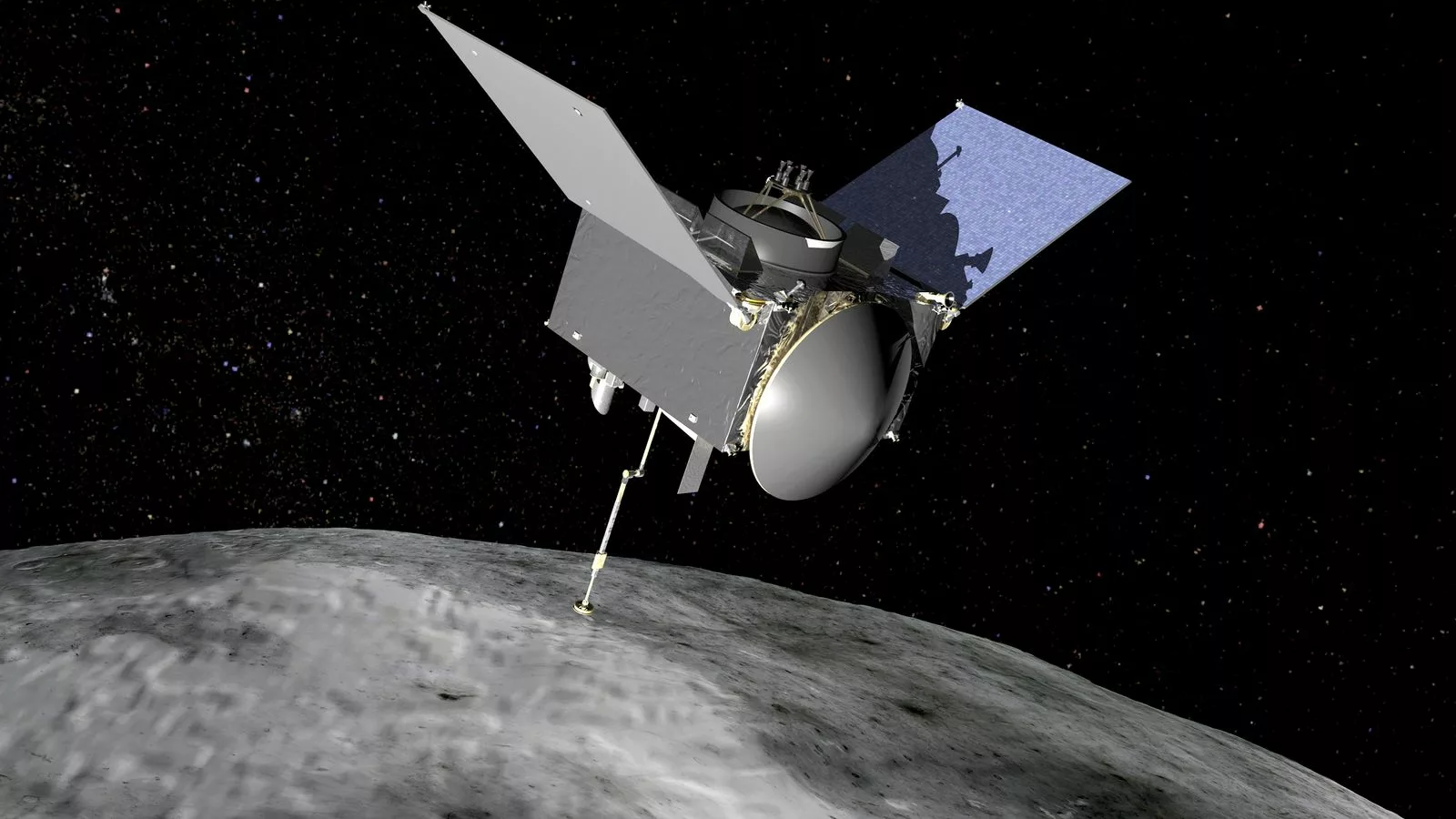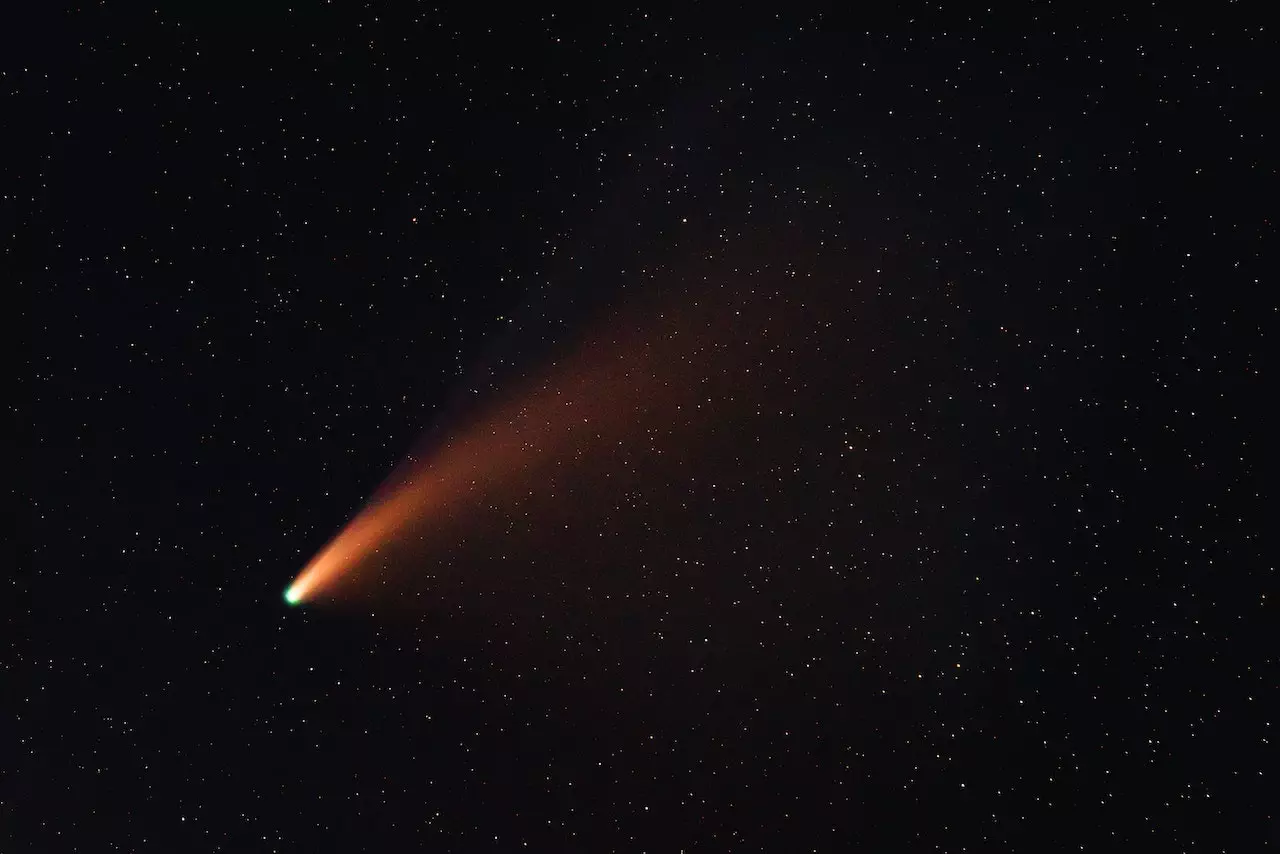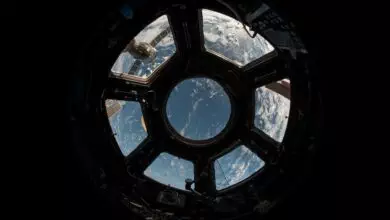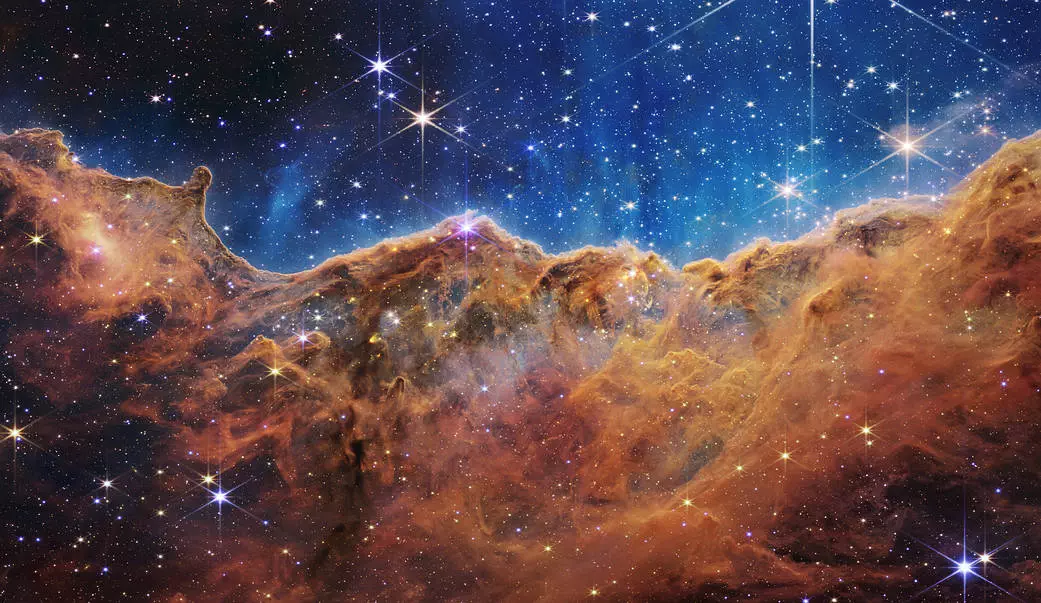
There are gorgeous James Webb’s first photos, and we’re only at the beginning of his journey.
And now we have an idea of what the next few years will hold. It will be a time marked by stunning images of distant galaxies and huge “cosmic cliffs” covering minor stars.
Yesterday, US President Biden revealed the world’s first full-color photos taken by James Webb’s. NASA described it as “the deepest and most accurate infrared image of the universe to date.”
Now, the US space agency has revealed four stunning new observations taken by the world’s most powerful space observatory. Follow along with live updates as well as on the NASA TV broadcast below.
Related Article: Waters Surrounding Rare Comet Discovered by JWST
James Webb’s spectrum readings reveal the presence of water in the atmosphere of an exoplanet
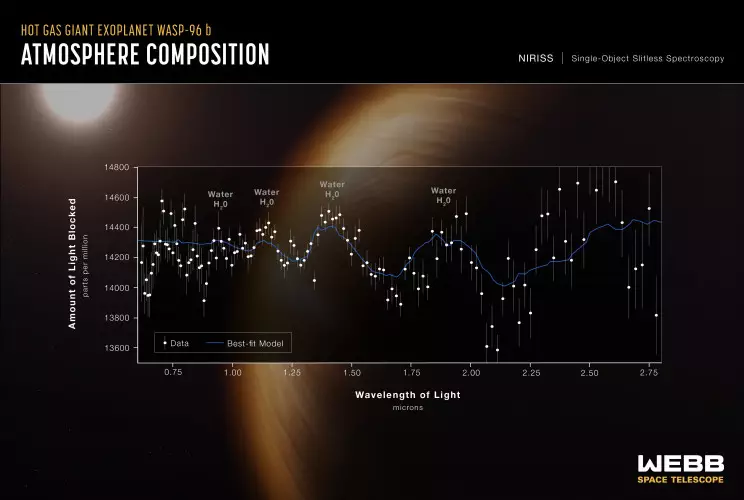
NASA has just released new spectrum readings of a gaseous exoplanet 1,150 light-years from Earth. James Webb’s massive, 21-foot (6.5 m)-diameter gold-plated mirror and its instruments took the readings by capturing starlight filtered through the distant world’s atmosphere.
The exoplanet WASP-96 b is composed mainly of gas and orbits its star every 3.4 days. The mass of Jupiter is approximately half that of Jupiter.
James Webb Telescope readings and James Webb’s new photos have conclusively revealed the presence of water in the atmosphere of WASP-96 b. It’s an incredibly exciting sign of the discoveries yet to come that the space observatory has found a planet that harbors an element vital to life.
NASA says its new observations of WASP-96 b—the most detailed readings of the extrasolar spectrum to date—show “an unmistakable signature of water, hints of fog, and evidence of clouds (previously thought not to be there).”
Related Article: The James Webb Space Telescope Explores Lava Worlds
A picture of a dying star

Great new photos of James Webb! Second on the list, NASA revealed two highly detailed images of the Southern Ring Nebula and a pair of stars by the James Webb Near-Infrared Spectrometer (NIRSpec) and Mid-Infrared Spectrometer (MIRI) cameras.
The Southern Ring, or “Eight Burst” nebula, is a planetary nebula made up of shells of dust and gas falling from dying Sun-like stars. The dying star, about 2,000 light-years from Earth, is located at the center of each image.
“The dim, dying star is expelling gas and dust, which Webb sees in unprecedented detail,” NASA explains.
Related Article: The James Webb Space Telescope Explores Lava Worlds
The largest James Webb Telescope image to date

Stephen Quintet is a visual collage of five galaxies that you’ve very likely seen before, as they were included in the classic film “It’s a Wonderful Life.”
“In this Webb image of Stefan’s quintet, we see 5 galaxies, 4 of which are interacting. (The left galaxy is in the foreground!) James Webb will revolutionize our knowledge of star formation and gas interactions in these galaxies,” NASA wrote on Twitter.

The main James Webb image revealed by NASA’s Stephen Quintet (above) is a composite made of data captured by James Webb’s NIRSpec and MIRI cameras.
The space agency also revealed a picture of so-called “dancing galaxies” taken only by the MIRI observatory’s camera. The red color in the image (below) indicates dusty star-forming regions.
NASA explains that its mosaic of Stefan’s Pentagram is its largest image to date. Located about 290 million light-years away, Stephen Quintet is found in the Pegasus constellation. The first compact galaxy cluster ever discovered was in 1877.
Related Article: Oumuamua may help the James Webb Telescope find aliens
Stunning images of the Carina Nebula

They saved the best for last.
James Webb discovered young stars behind the “cosmic cliffs” of the Carina Nebula. To be precise, this image shows the star-forming region NGC 3324 behind the Carina Nebula, which is located 7,600 light-years away.
“Webb’s new look gives us a rare peek at stars in their early, rapid stages of formation,” NASA says. “For an individual star, this period only lasts about 50,000 to 100,000 years.”
The Carina Nebula is one of the brightest nebulae in the sky, in the southern constellation Carina. This stunning image shows off one of the most important capabilities of James Webb’s near-infrared camera, NIRCam – it can peer through dust clouds to observe newly formed stars. No wonder NASA saved it for last.
Planets are being born
The US space agency also revealed a mid-infrared view of the Carina Nebula (above), showing “dusty planet-forming disks (red and pink) around young stars.”
Once again, it should be noted that today’s historic event marks the beginning of James Webb’s scientific operations, and there is still much more to come. As astrophysicist Nicole Colon pointed out during NASA’s livestream reveal event, today’s images are “just one piece of data that James Webb is giving us.”
The fact that the image revealed yesterday of SMACS 0723 required just 12.5 hours of exposure, while a similar image captured by Hubble took ten days, highlights the speed with which the James Webb Telescope is collecting data.
Webb is uniquely positioned to solve some of the universe’s most enduring mysteries by providing new data on distant worlds, the structures of the very early universe, and elusive forces like dark matter. In the context of James Webb staring at galaxies 13 billion years old, a few weeks or months are nothing. But we really can’t wait to see what’s next.




